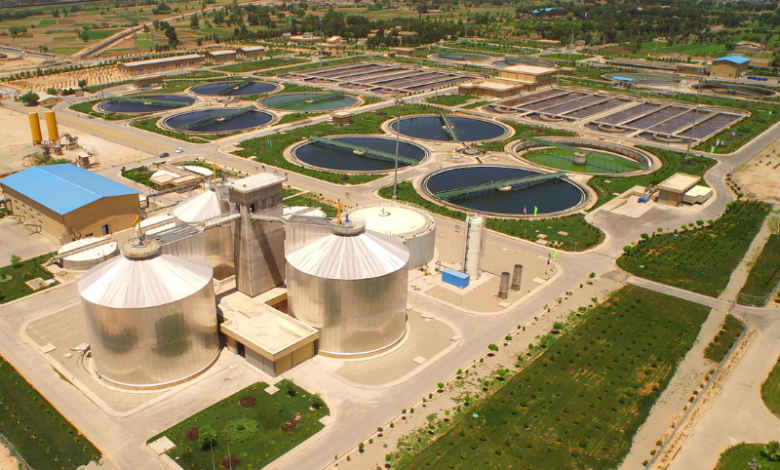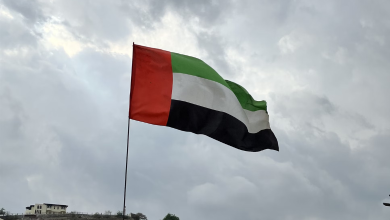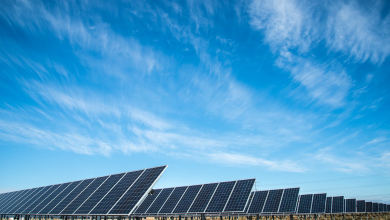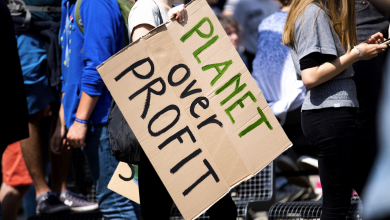Innovative Wastewater Treatment Plant Built to Safeguard Iran’s Environment

An Iranian petrochemical corporation has taken a major step to safeguard the environment and public health by constructing a wastewater treatment plant in the northeastern province of North Khorasan.
This recently finished plant inside the complex is intended to stop urban sewage from pouring into a neighboring river in addition to giving the business all the water it requires. The company’s dedication to sustainability was highlighted in the statement which was made on Sunday.
Yousef Hassani, the managing director of Khorasan Petrochemical Company provided information on the project during a news conference on Sunday. Iranian President Masoud Pezeshkian attended a ceremony on Thursday to formally inaugurate the wastewater treatment plant.
The largest complex producing petrochemical goods in the nation’s north and northeast is Khorasan Petrochemical Co. Established in 1993 in Bojnurd, the provincial capital of Northern Khorasan, this complex officially became active in July 1996 and was regarded as one of the nation’s industrial and manufacturing enterprises.
The plant which was constructed in the provincial capital of Bojnurd with an expenditure of $15 million USD was a component of a broader national project. Hassani highlighted the plant’s advantages for the environment by pointing out that it prevents the city’s sewage from flowing into the Atrak River protecting the surrounding ecosystem and enhancing community health.
The plant guarantees a cleaner and safer environment for Bojnurd people by purifying wastewater before it enters the river. In addition to its effects on the environment, the plant is essential to the petrochemical company’s operations.
Through an 11 kilometer pipeline, it provides 5.5 million cubic meters of water a year and manages the complex’s wastewater demonstrating a careful consideration of both industrial and environmental requirements.
“The water treatment plant helps supply 5.5 million cubic meters of water needed by the petrochemical company (via an 11-km pipeline) and also treats the effluent discharged from the complex,” Hassani said.



